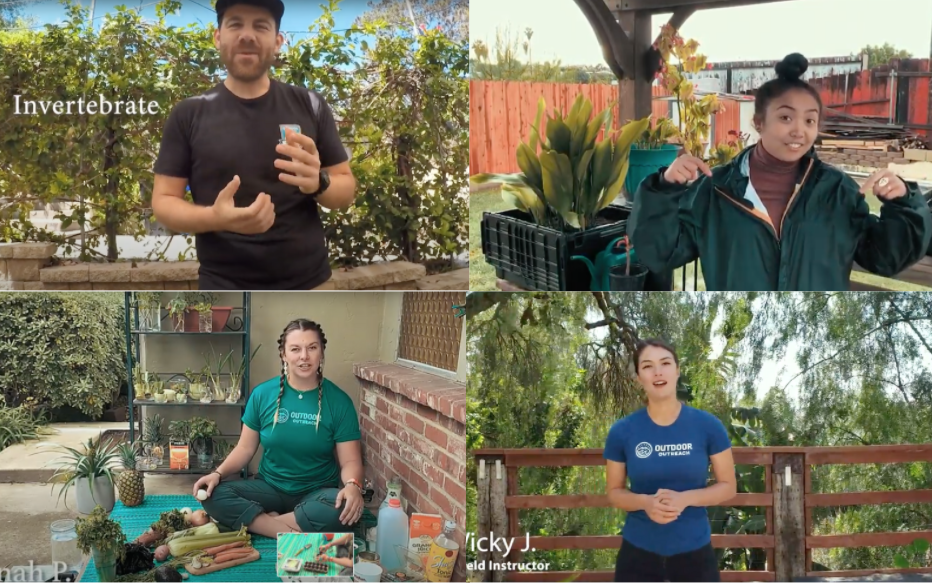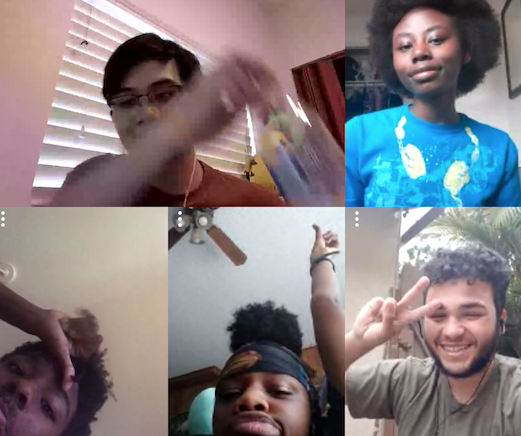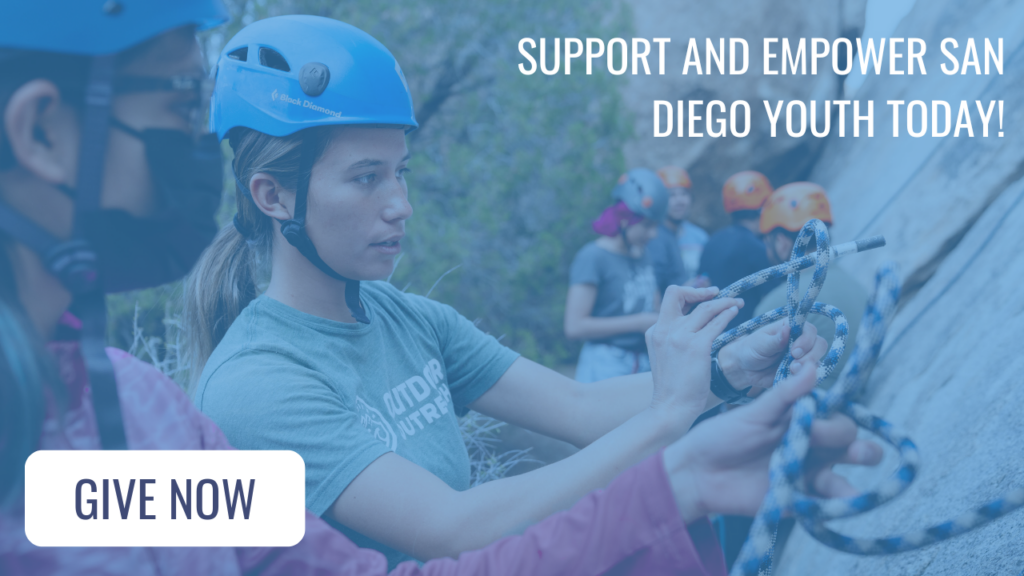One of the most important skills of outdoor leadership is the ability to adapt and respond to unexpected challenges.
Outdoor programs are dynamic! Changes in weather, poor trail conditions, gear problems—these are all standard variables in the field instructor’s playbook. But global pandemics?…maybe I missed that chapter.
Over the last two months, the COVID-19 crisis has produced a storm of unexpected challenges. Critical social distancing measures have resulted in school closures, park and beach closures, restrictions on gatherings, economic unsettling, and a whole lot of uncertainty as to how or when things will ever look “normal” again. So, what does it look like to adapt and respond today?
That’s a question we’re working to answer at Outdoor Outreach every day. Connecting youth to the outdoors is a big part of our identity—but so is creating powerful, impactful spaces for youth to connect with supportive peers and mentors. One thing is clear: the needs that inspired the founding of Outdoor Outreach are as high in our community as they have ever been.
Helping youth build resilience begins with modeling resilience as an organization. If you’d said “virtual programs” to me back in February, I would have looked very confused. Video hangouts aren’t exactly rock-climbing trips! But, as it turns out, what they have in common is the ability to bring a diverse group of people together in a shared space. Many youth today are feeling disconnected, isolated, and alone. The ability to connect with friends and instructors can be a critical support during these uncertain times.
I’m continually inspired by my team. Adapting operations to facilitate effective virtual programs was a huge programmatic shift, and despite the hardship of reduced hours and the disappointment of cancelling our spring outdoor programs, the field programs team has rallied in a big way.
So, back to the original question: what does it look like to adapt and respond today? For Outdoor Outreach, it looks like 40 virtual program outings for nearly 300 youth over the past two months…and counting.
In addition to the virtual programs, we’re working with our partners at the CARE Center to deliver weekly food supplies to participant families experiencing food insecurity. We’ve also used some of the “down time” to tackle logistics projects and improve systems, looking ahead to the day we will once again be able to take youth outdoors.


